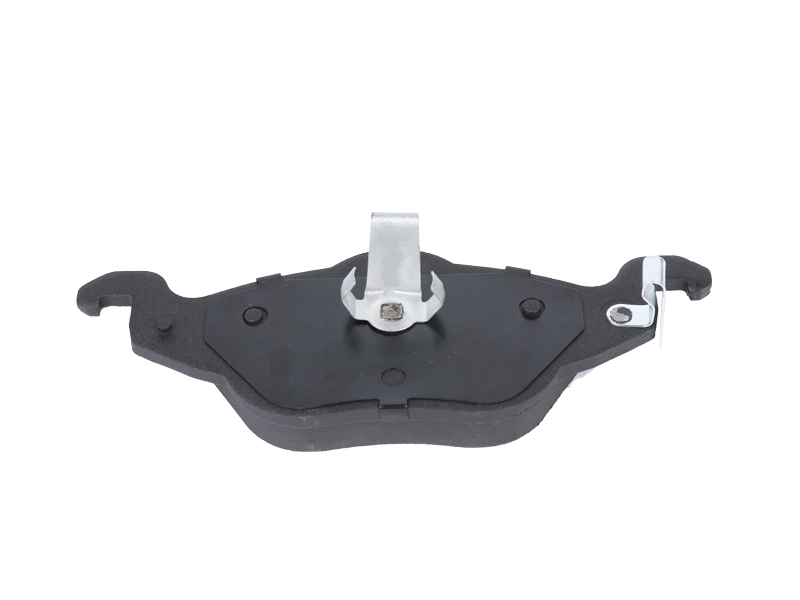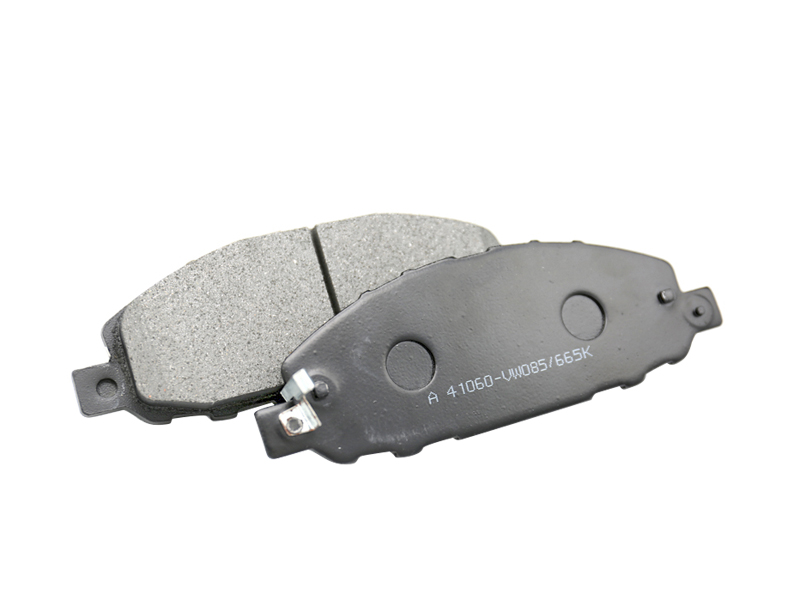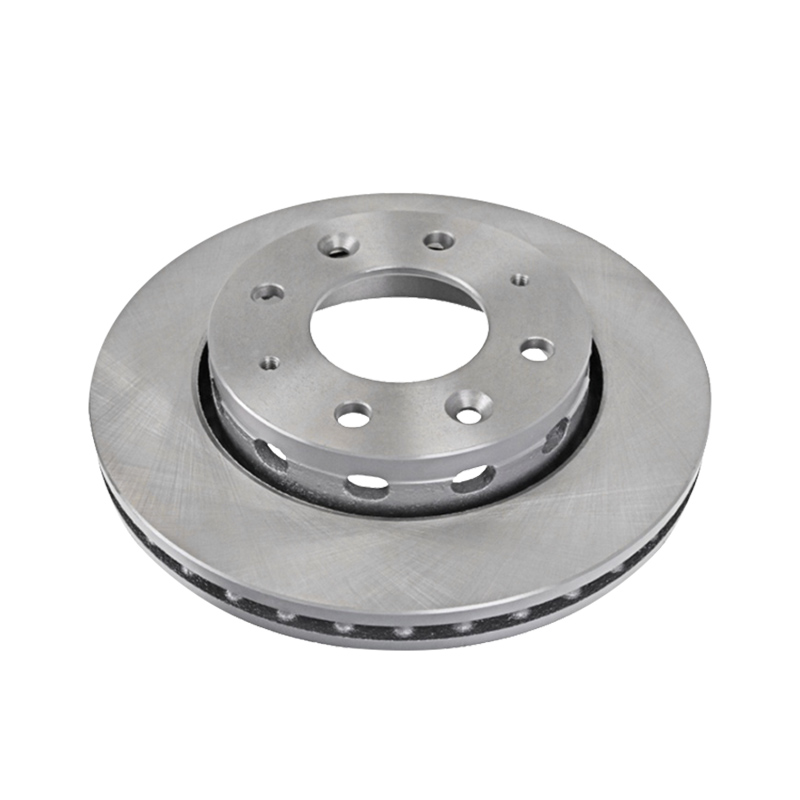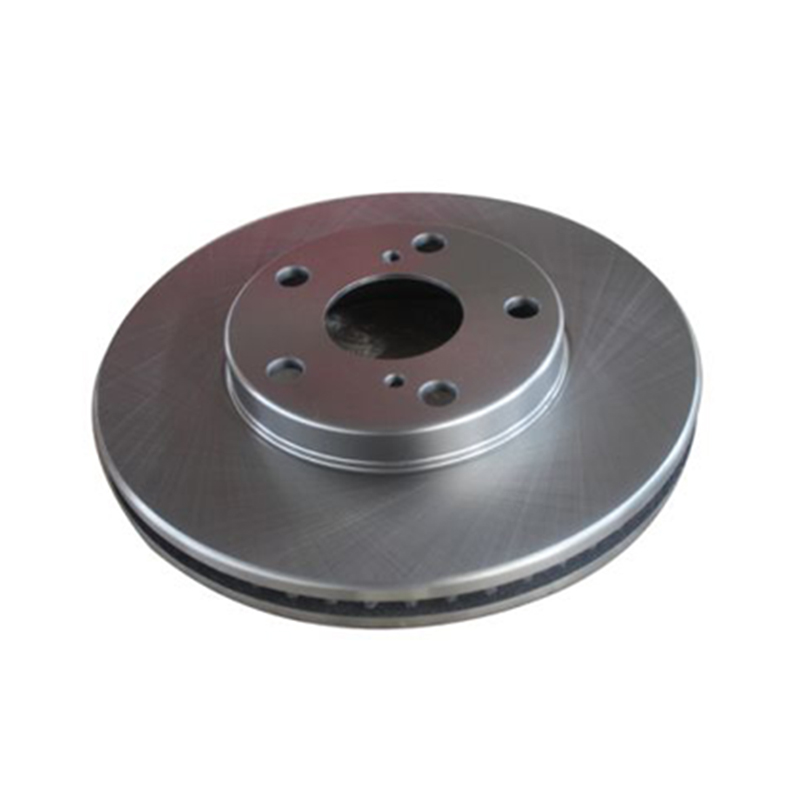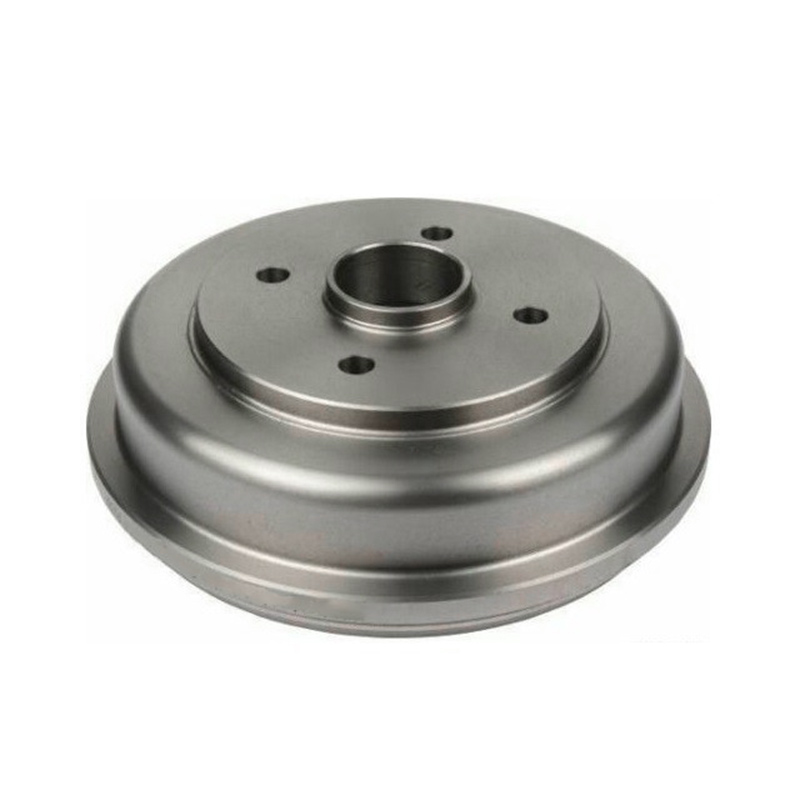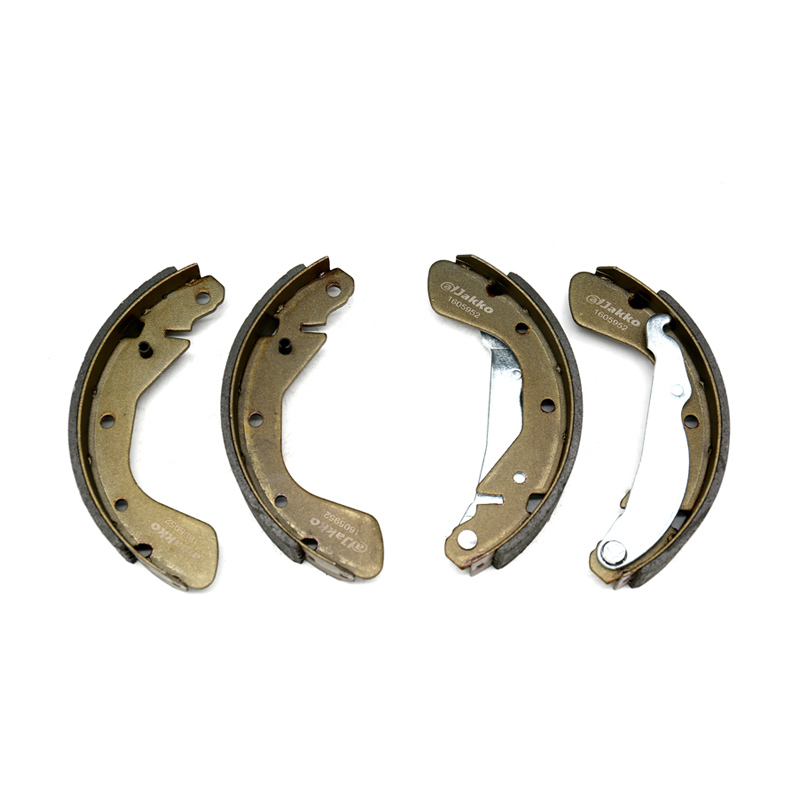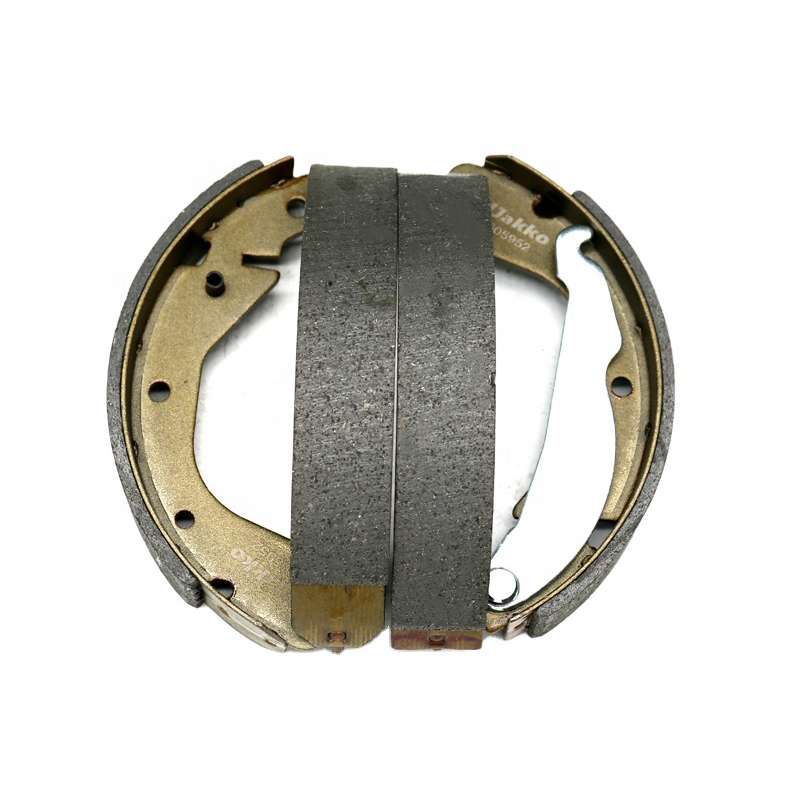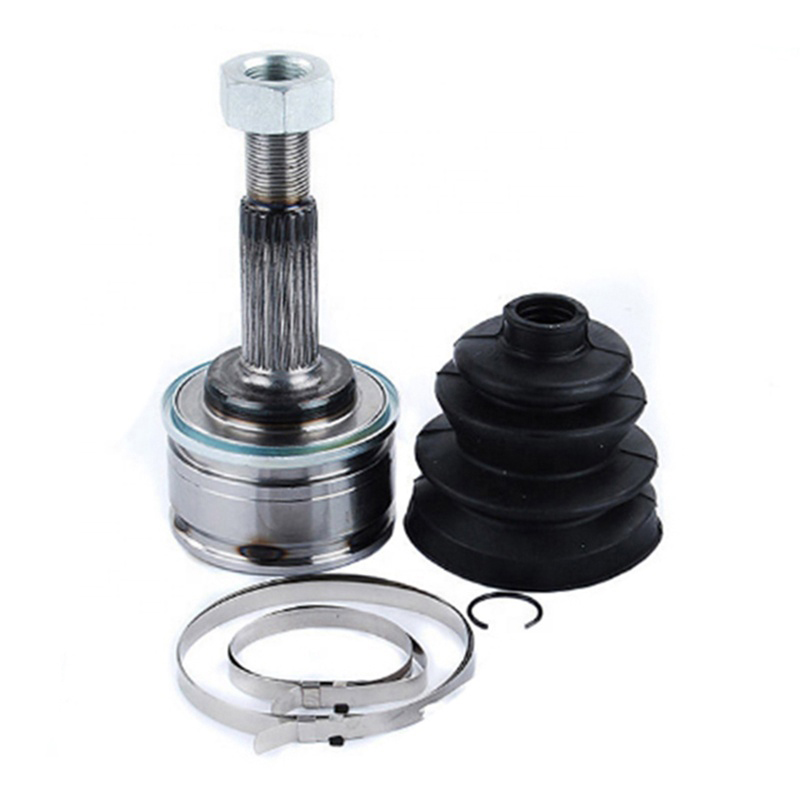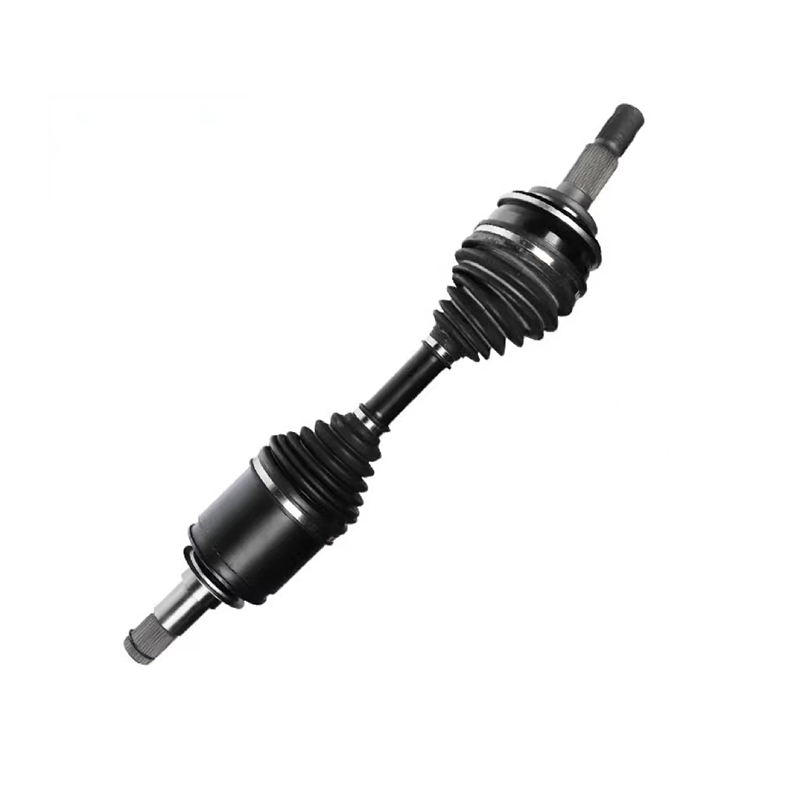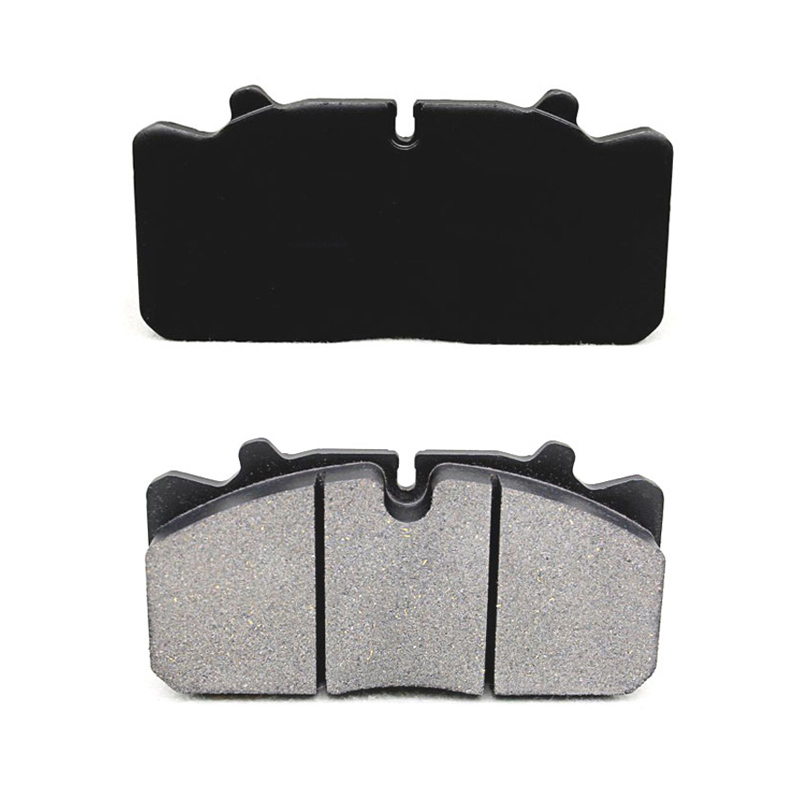As the automotive industry continues to evolve, so too does the technology and design of drive shafts. Drive shafts, which are responsible for transferring power from the engine to the wheels, are a critical component of modern vehicles. In recent years, advancements in technology and design have led to improvements in performance, efficiency, and durability.
One of the most significant developments in
drive shaft technology is the use of composite materials, such as carbon fiber and fiberglass, in their construction. Composite drive shafts offer several advantages over traditional metal drive shafts, including reduced weight, increased strength, and improved resistance to fatigue and corrosion. The use of composite materials has also enabled manufacturers to produce drive shafts with more complex shapes and configurations, which further enhances their performance.
Another area of innovation in drive shaft technology is the use of electronic sensors and controls. By incorporating sensors into the drive shaft, vehicle manufacturers can monitor its performance and make adjustments in real-time to optimize efficiency and performance. For example, electronic sensors can detect changes in torque and vibration, allowing for more precise control of the vehicle's power output.
In addition to these advancements, there are also ongoing efforts to improve the manufacturing processes used to produce drive shafts. Automation and robotics are increasingly being used in the production of drive shafts, which leads to greater precision, efficiency, and cost-effectiveness.
Looking ahead, the future of drive shafts is likely to be characterized by continued innovation and refinement. As vehicle manufacturers seek to improve performance, efficiency, and sustainability, we can expect to see further advancements in drive shaft technology and design. This may include the development of new materials, the use of advanced sensors and controls, and the integration of drive shafts with other vehicle systems.
In conclusion, the future of drive shafts is an exciting area of innovation in the automotive industry. With continued advancements in technology and design, we can expect to see improvements in performance, efficiency, and durability. As we move towards a more sustainable future, drive shafts will play an increasingly important role in helping to power the vehicles of tomorrow.

OE Number: 44305-60040
Fitting Position : Wheel Side
External Teeth : 30mm
Internal Teeth : 27mm
Seal Diameter : 61.8 mm
Model:Toyota

